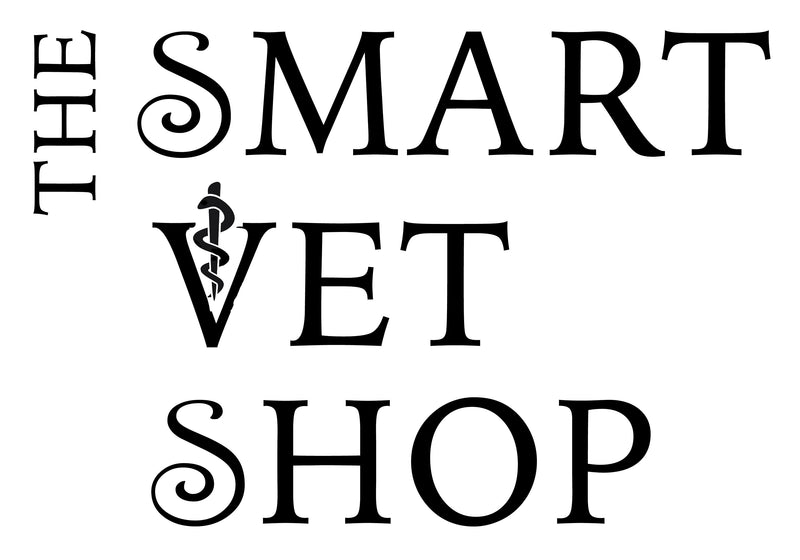Proud Flesh in Horses

Article by Dr Christina Cable, DVM, Dipl. ACVS
My horse had a cut on his lower cannon bone and my vet gave me instructions on how to wrap it to prevent proud flesh. What is proud flesh, and can it really become a problem, or is he being overly cautious?
Exuberant granulation tissue, or proud flesh as it is more commonly known, is part of the normal wound healing response in the horse. Granulation tissue is the pebbly or granular appearing tissue which develops in healing wounds anywhere on the horse's body. Granulation tissue is composed of small blood vessels and fibroblasts, but has no nerve supply. Granulation tissue forms primarily in wounds left open to heal, rather than those wounds that are primarily closed (sutured). This healing tissue is beneficial within open wounds for several reasons:1) Granulation tissue helps the open wound resist infection; 2) As it fills the healing wound, it provides a surface for the epithelial (skin) cells on the periphery of the wound to "crawl" over and help cover the wound; 3) Granulation tissue helps aid the wound in contracting or becoming smaller.
Granulation tissue is a very important and necessary part of wound healing in the horse. However, there can be problems when the horse develops too much granulation tissue.
Research has found that horses have the ability to produce granulation tissue in wounds quite rapidly when compared to other animals. When granulation tissue grows out and protrudes from the wound, then the granulation tissue is known as proud flesh. Proud flesh is not conducive to wound healing as it prevents the wound from epithelializing (the process of the skin cells covering the wound).
Proud flesh sometimes can take on a "life of its own" if the healing wound is not managed properly. The granulation tissue can become so large it appears to be a tumor, usually obliterating the original wound. Granulation tissue in this excessively exuberant form usually occurs within wounds on the distal (lower) leg of the horse, such as wounds over the cannon bone or pastern area. Granulation tissue in this form can be very difficult to manage.
We believe excessive exuberant granulation tissue forms as a result of several different factors--excessive movement of the healing tissue, minimal soft tissue coverage around the wound, contamination (infection) of the wound, and a reduced blood supply. These factors are especially important for wounds that occur in the lower limbs. In those areas there is minimal soft tissue, such as muscle, to protect the wound and give it a rich blood supply. Furthermore, there is little extra skin in those areas, making large wounds difficult to close via suturing. Wounds on the lower legs are contaminated easily with bacteria since the wounds are closer to the ground, bedding, and manure. Also, the constant movement of the horse's legs as he walks, turns, and bears weight can greatly impair healing, especially if the wound occurs over a joint. Therefore, when wounds occur in these areas, steps need to be taken immediately to prevent proud flesh.
Prevention of exuberant granulation tissue involves good wound management. Any significant wound should be evaluated and treated by a veterinarian as soon as possible. Proper and timely management is crucial to a satisfactory outcome for any wound, but especially those of lower limbs. Bandaging is very important in the prevention of exuberant granulation tissue and helps prevent bacteria from contaminating the wound. It also helps maintain a healthy environment for optimum healing, and helps reduce motion of the tissue, again optimizing wound healing. You should cover the wound with a non-stick pad and some type of conforming gauze bandage. Depending on the wound location, that can be followed by a thick cotton bandage and an elastic bandage to prevent contamination of the wound from bedding and dirt. The pressure from the bandage helps prevent the granulation tissue from becoming exuberant.
The treatment of wounds that have developed exuberant granulation tissue usually depends on the extent of the overgrowth. Mild overgrowth of tissue--just protruding above the surface of the wound--might require only steroid ointment applied directly to the granulation tissue to inhibit the growth of the exuberant tissue, then bandaging of the wound to prevent further growth of the granulation tissue and to encourage wound epithelialization. Moderate to severe overgrowth of granulation tissue requires surgery to remove the excessive tissue. The excessive tissue must be removed to allow the skin at the edge of the wound to grow over the wound. The surgery often is performed with the horse standing, since the granulation tissue has no nerve supply. A moderate amount of exuberant tissue can be removed easily with a scalpel blade. Severe overgrowth of granulation tissue presents a special problem, as very large granulating masses must be removed either under general anesthesia or in several stages, since blood loss can be quite significant. Following surgical treatment of moderate to large granulating large wounds, a splint or a cast might be necessary to prevent the granulation tissue from regrowing and to enable the skin edges to advance and cover the wound. In some cases, a skin graft is used to cover large wounds, speed healing, and reduce scar formation. In addition, laser surgery can also be used.
Caustic agents, such as copper sulfate, once were used to kill or inhibit exuberant granulation tissue. Those are not recommended today. Those agents can severely inhibit healthy healing of skin if abused. However, the judicious application of copper sulfate to granulating wounds can play a useful role in the management of some wounds.
For additional reading see Equine Wound Management by Ted S. Stashak.
Christina Cable, DVM, Dipl. ACVS

0 comments